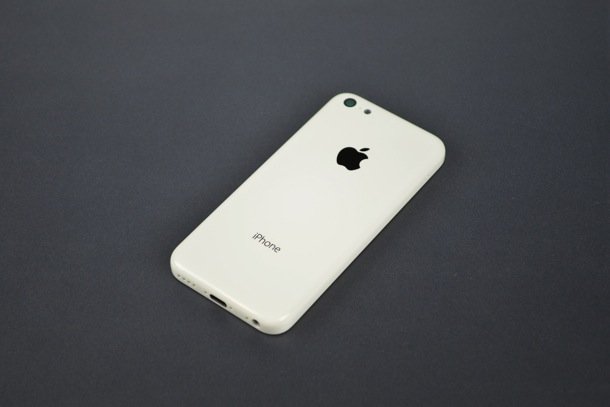Multiple reports have surfaced online that the Cupertino-based tech giant Apple’s 2018 6.1-inch iPhone model may not be built with 3D Touch. This is allegedly due to cost issues. According to KGI Securities analyst Ming-Chi Kuo (published by Chinese website Feng, the model will use “Cover Glass Sensor”(CGS) technology. It will relocate the device’s touch module from the display panel to the surface glass. The CGS procedure allegedly leads to a display that is shock resistant and more lighter.

The 2018 6.1-inch iPhone model’s CGS will also have a thin-film layer added to the touch-film sensor. Right now, the purpose of the new layer hasn’t been revealed yet. Reportedly, it will lead to a 15% increase in the cost of the touch panel.
Also read – Apple Rolls Out iOS 11.3.1 Update; Fixes Unresponsive Screens
To counterbalance the cost of the new display, Kuo has speculated that Apple will remove the 3D Touch functionality. If Apple actually does this, a good reason would be needed to remove the well-integrated module from the operating system.
The two other expected 2018 models will probably be an ‘iPhone X Plus’. They will be equipped with 3D Touch functionality.
Also read – Apple iPhone Dual-SIM Launch In 2018- Reports
3D Touch could soon be removed be from all future iPhones. This could happen as Apple plans to integrate CGS into future iPhones. Kuo hasn’t revealed anything about the thin-film sensor. It will obviously be a replacement for 3D Touch. Apple is speculated to release iPhones in the next few years with touchless gesture controls. This move by Apple for the 2018 6.1-inch iPhone model could be the first step towards its objectives. The film sensor is probably an input method.
Also read – Apple Announces MacBook Pro Free Battery Replacement For Select Models
Ming-Chi Kuo speculated that the device would cover 65-75% of iPhone shipments during the year. This could happen due to its lower price, and the other two OLED models.
The 2018 6.1-inch iPhone model won’t be built with OLED technology. It is believed to be built with an edge-to-edge screen design. It is expected to support FACE ID (like the 2018 OLED devices).
Apple also recently rolled out iOS 11.3.1 update for iPhones, iPads, and iPod touch devices. The update fixes unresponsive screens for people who used third-party services for their display repairs.







